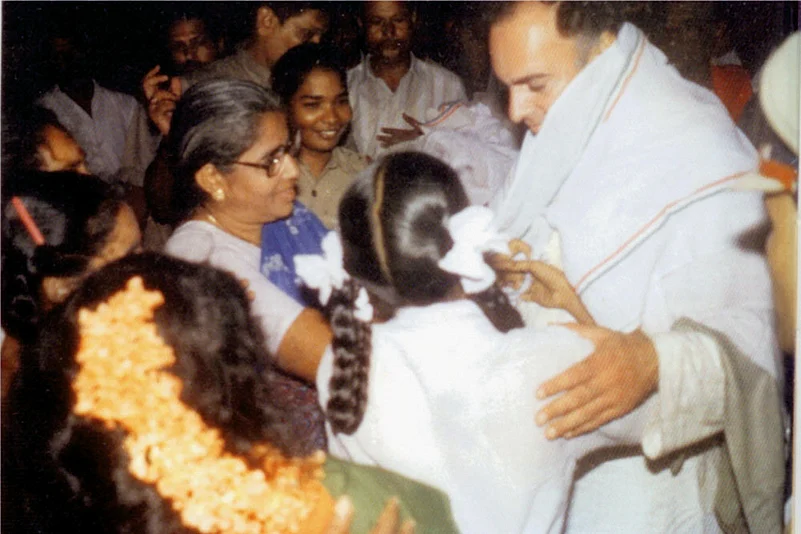May 21, 1991 would be difficult to erase from my memory. After all, it’s not every day that you are witness to a political leader’s assassination, and that too just a few hours after a face-to-face with the head of the team of assassins. On that typically humid summer evening, I had gone in a hired car to Sriperumbudur along with three colleagues to cover Rajiv Gandhi’s first halt at Tamil Nadu during the 1991 election campaign. He was to proceed to the constituencies of Mani Shankar Aiyar and P. Chidambaram the next day.
We arrived early and chatted with R.K. Raghavan, who would become CBI director later and was then in-charge of security of the badly lit meeting ground on a dried-up lake bed. Rajiv’s chartered flight from Visakhapatnam was delayed and so the meeting would start late, Raghavan told us. When we talked about poll-related violence in other parts of the country, he said Tamils were blessed to have had a violence-free campaign.
We proceeded to have a snack and ran into Hari Babu, a photographer with a local photo agency. My colleague Bhagwan Singh asked him if he was there to cover the meeting. Pointing to a bespectacled guy in white kurta behind him, Babu told us he had come along with him. The guy in the kurta slunk into the darkness. Many days later, we would learn he was Sivarasan, who headed the four-member assassination team.
We returned to the press gallery in front of the stage and were treated to some loud music by the Shanker-Ganesh troupe before a Congress official announced Rajiv would be arriving soon. He also asked those waiting with garlands in their hands to line up on the left side of the stage. Around 10 pm, the sound of crackers told us Rajiv had arrived and was garlanding Indira Gandhi’s statue a few hundred metres away. The music troupe was asked to vacate the stage. The then state Congress chief, Vazhapadi Ramamruthy, rushed to the dais, grabbed the mike and announced Rajiv’s arrival. We saw the convoy halt at some distance from the stage.
As slogans of “Rajiv Gandhi vaazhga (long live)” rent the air, there was a huge boom and an orange ball of flame rose up in the air. Seated in the press gallery, we were less than 30 metres from that blast. The silence following the boom was punctuated by shrieks and shouts.
Running to the spot, I came across Babu lying lifeless with his face up and his camera still slung around his neck. A bunch of wailing women, some bloodied, staggered past in a daze. A bit of the coir mat leading up to the stage had caught fire and I saw Raghavan stomping it out. I heard him whispering, “Cordon off!” But there are no policemen around.
Congress leader G.K. Moopanar, who would later float the TMC, had gone for a smoke and came in running, asking, “Where is Thalaivar?” After a frantic search, Jayanti Natarajan, then a Rajya Sabha MP from the Congress, pointed to Rajiv’s mangled remains and wails, “Here he is!”
The only real identifiers were his white Lotto shoes. Incidentally, the other pair of Lotto on that fateful evening happened to be on my feet. I bent down and asked Jayanti, “Where is Rajiv?” Sobbing, she pointed at the shoes. Bhagwan checked with Moopanar and he nodded in confirmation.
We ran towards our cab and asked the driver to start just as the third colleague joined us. The driver pointed out the fourth colleague was missing, but we told him to drive anyway as the missing journalist was from a weekly, while the rest of us had to file our stories for dailies. As the driver veered away from the crowd dispersing from the venue, he asked about the explosion and Bhagwan blurts out it was a bomb that killed Rajiv. The driver froze and then pressed hard on the throttle. We asked him to stop and gather his senses. Once he calmed down, we told him to drive us to Chennai, which was slowly waking up to the dreadful news.
Before we called up our office, we checked once more with the local intelligence and they confirmed our worst fears. We alerted our offices and then sat down to write our stories.
(The writer was with The Telegraph at the time of the assassination and became a prosecution witness)
















